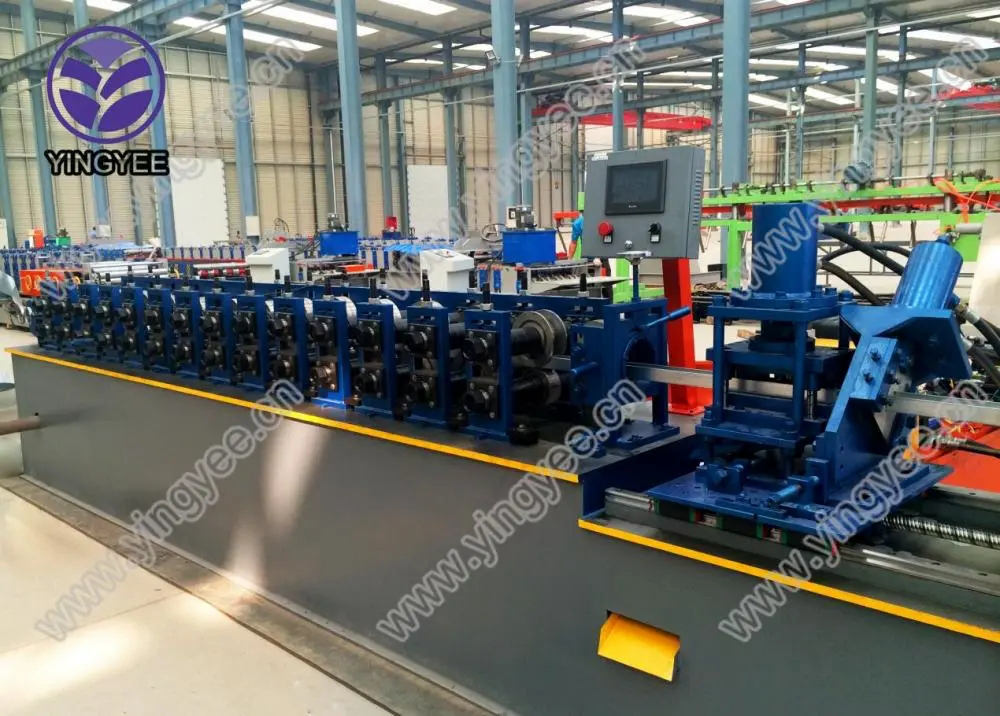
The Evolution and Importance of Drawer Slide Making Machinery
In today's fast-paced manufacturing environment, the demand for efficient and high-quality drawer slide making machinery has become increasingly crucial. Drawer slides are essential components in furniture production, providing smooth and reliable operation for drawers in kitchens, offices, and living spaces. As the furniture industry continues to evolve, so does the technology used in the production of these critical components.
The Basics of Drawer Slides
Drawer slides, also known as drawer runners, are mechanical devices that enable a drawer to open and close smoothly. They can be classified into various types, such as side-mount slides, under-mount slides, and full-extension slides. Each type has its design specifications and applications, catering to different furniture styles and customer preferences. The manufacturing of slide systems involves precision engineering to ensure durability, functionality, and aesthetic appeal.
The Machinery Behind Drawer Slides
Creating high-quality drawer slides requires advanced machinery capable of handling various materials, including metal, wood, and plastic. The primary types of machinery involved in the production of drawer slides include
1. Cutting Machines These machines are used to cut raw materials into precise dimensions. Laser cutting or CNC (Computer Numerical Control) cutting technology ensures accuracy and reduces waste.
2. Forming Machines Following the cutting process, forming machines shape the metal or other materials into the desired configurations. This can involve bending, stamping, and other processes to create the complexities needed for various slide designs.
3. Welding Machines For metal drawer slides, welding machines are essential for joining parts securely. Advanced welding techniques, such as robotic welding, enhance production efficiency and consistency.
4. Finishing Machines After the slides are formed, finishing processes, including coating and polishing, are crucial for protection against corrosion and enhancing aesthetic appeal. Automated finishing lines have become standard in modern manufacturing.
5. Assembly Stations Automated or semi-automated assembly stations ensure that the different components of the drawer slides are carefully assembled and inspected for quality. This stage is vital for maintaining the overall durability and functionality of the final product.

Technological Advancements in Machinery
The drawer slide manufacturing industry has witnessed significant advancements in machinery technology over the years. The integration of Industry 4.0 principles, such as IoT (Internet of Things) and AI (Artificial Intelligence), has revolutionized production processes. Smart machines can now monitor production in real time, predict maintenance needs, and optimize workflow efficiency.
Additionally, the use of computer simulation in the design and testing phases allows manufacturers to identify potential issues and make necessary adjustments before production starts. This proactive approach minimizes errors and reduces production costs, ultimately benefiting both manufacturers and consumers.
The Importance of Quality Control
Quality control is paramount in the manufacture of drawer slides. With the rising expectations for quality from consumers, manufacturers must implement stringent testing protocols to ensure that the slides meet industry standards. This includes load testing, ease of operation, and durability assessments. Modern quality control systems often incorporate automated inspection machinery equipped with sensors and cameras to identify defects early in the production process.
The Future of Drawer Slide Making Machinery
Looking ahead, the future of drawer slide making machinery appears promising. As consumer preferences shift towards customizable furniture solutions that require unique slide designs, manufacturers will need to adapt quickly. The trend toward sustainable manufacturing is also influencing the sector, pushing manufacturers to seek eco-friendly materials and processes.
Furthermore, advancements in additive manufacturing, or 3D printing, may eventually play a role in producing specialized components for drawer slides, opening up new possibilities for design and functionality.
Conclusion
In summary, drawer slide making machinery represents an essential facet of the furniture manufacturing industry. The evolution of this machinery, driven by technological advancements and increasing consumer expectations, underscores the importance of quality, efficiency, and innovation in creating reliable products. As the industry continues to grow and change, manufacturers that embrace new technologies and practices will thrive in a competitive marketplace.